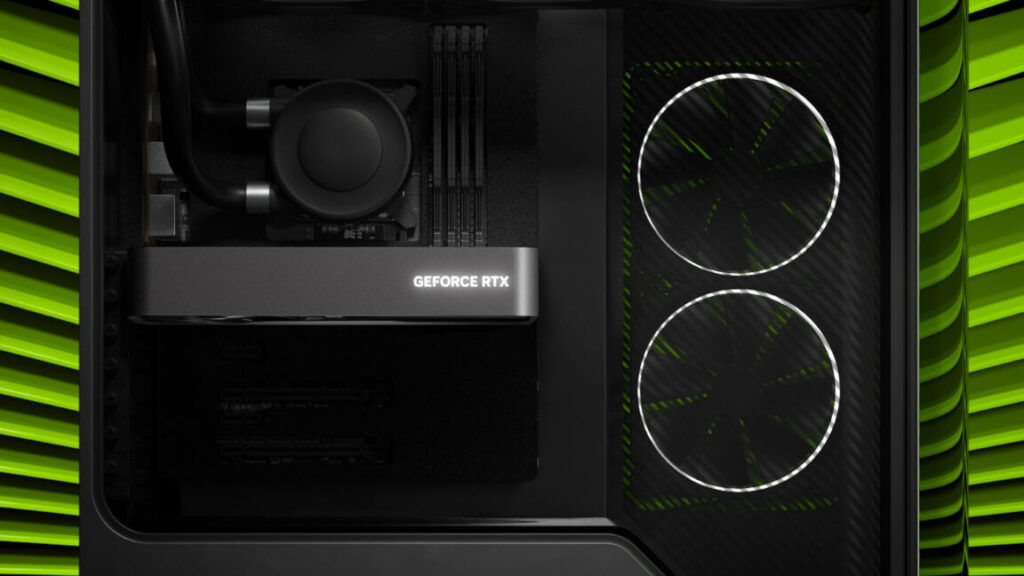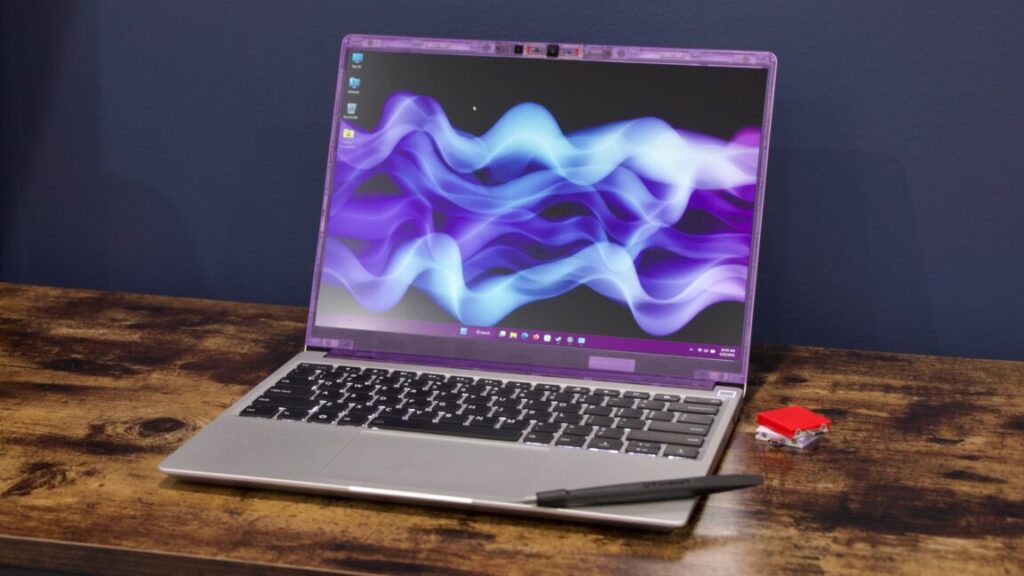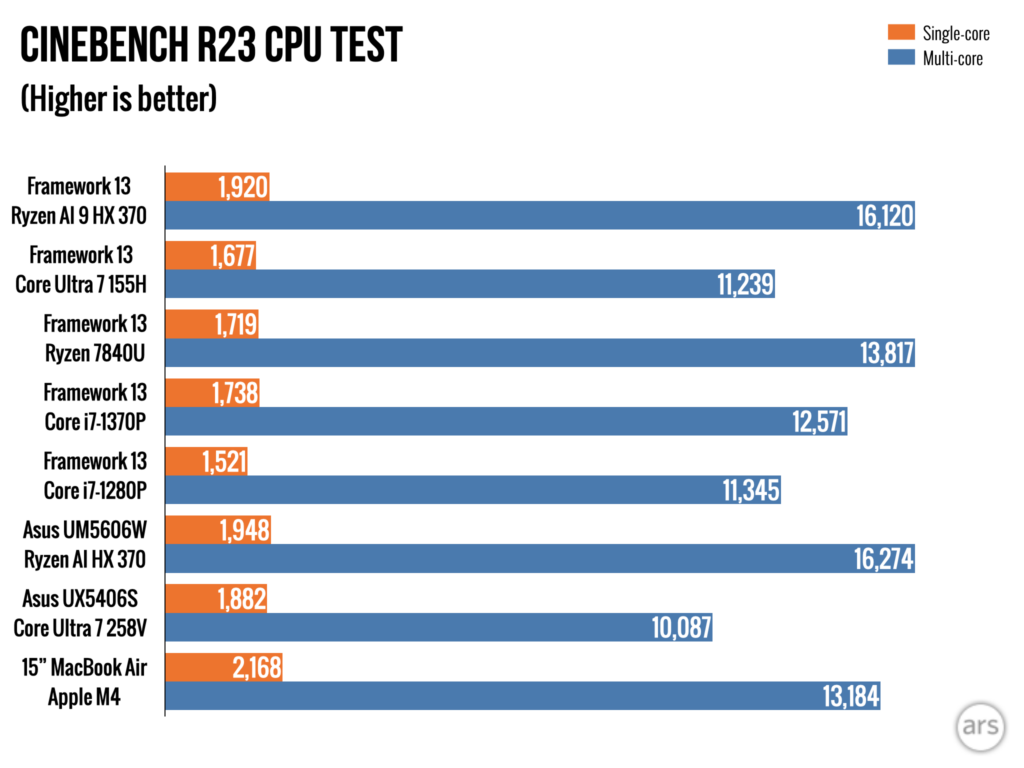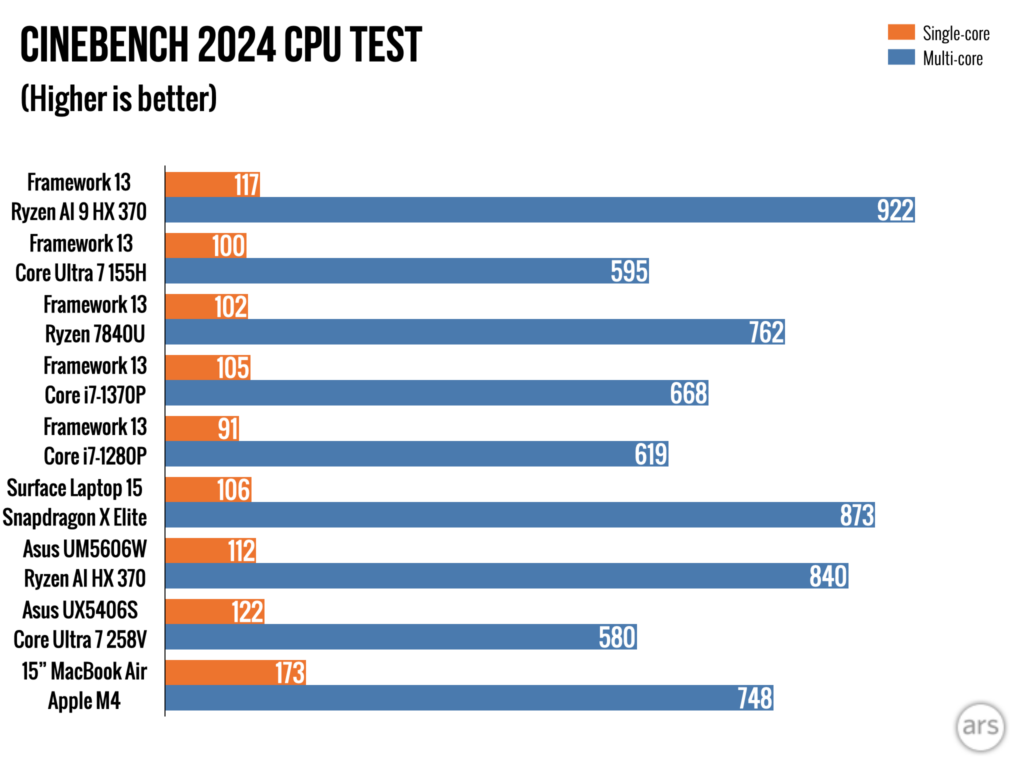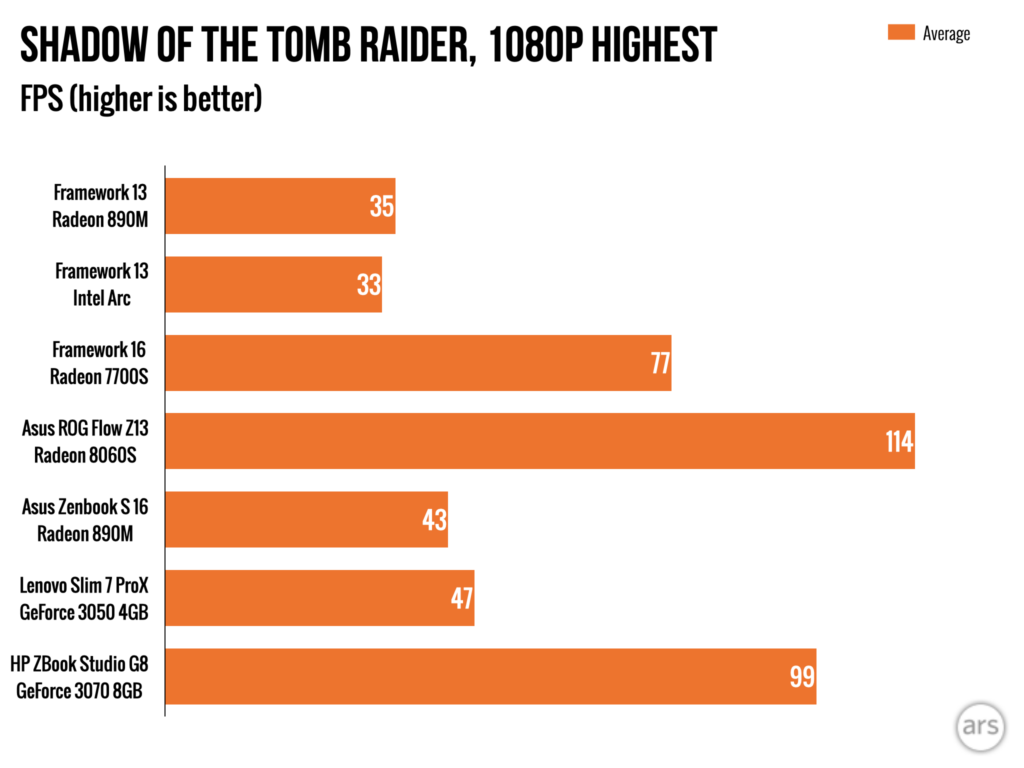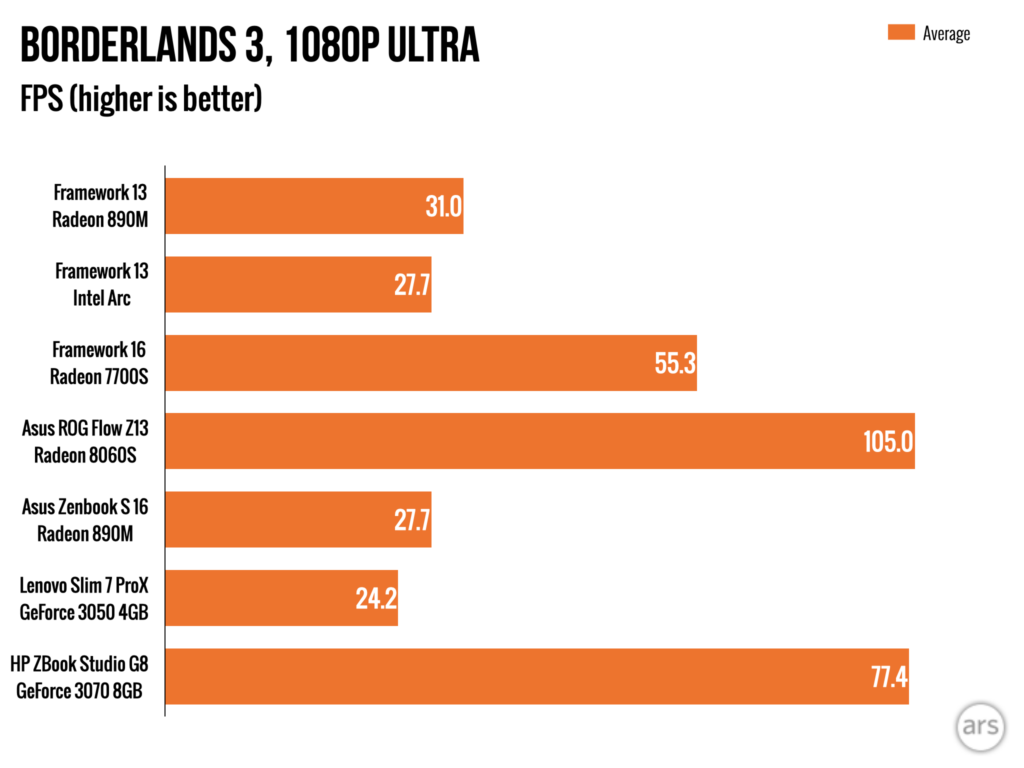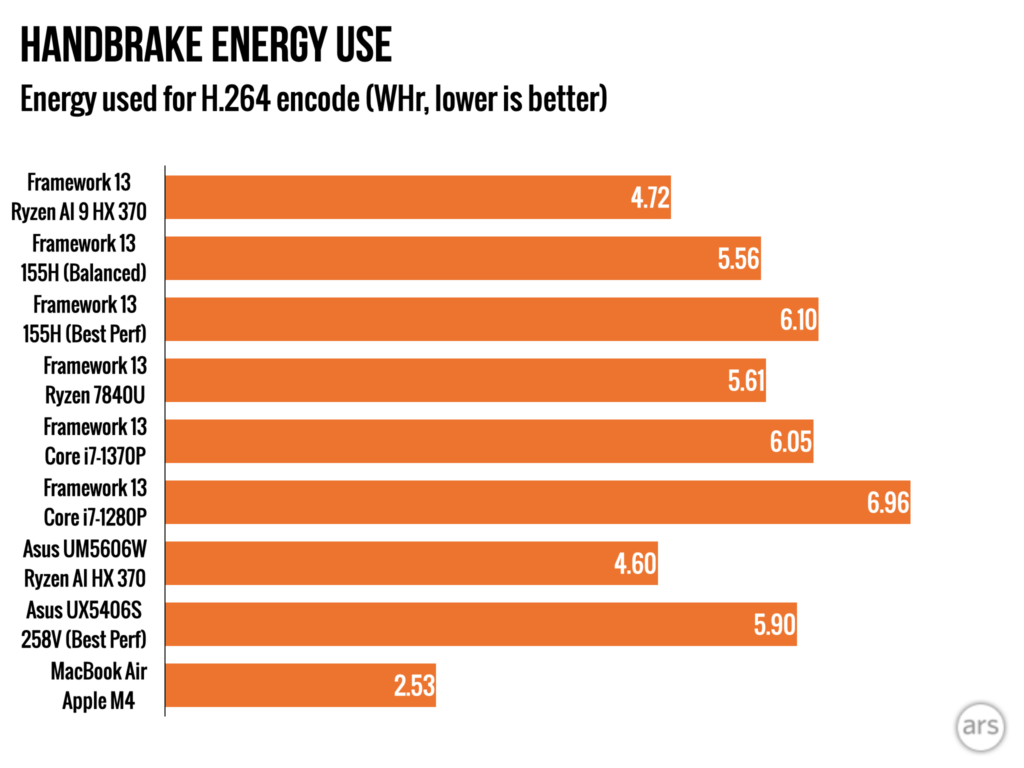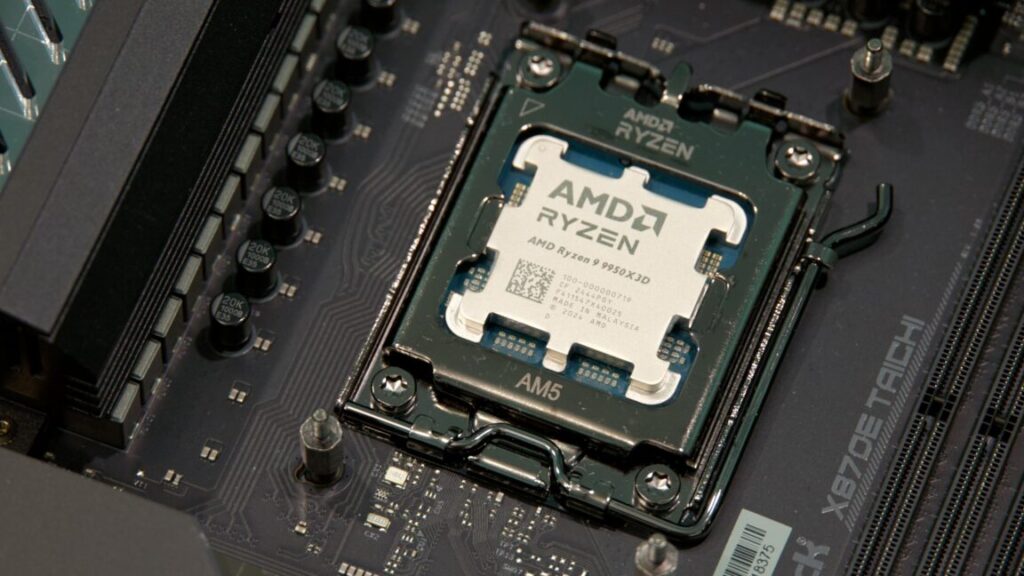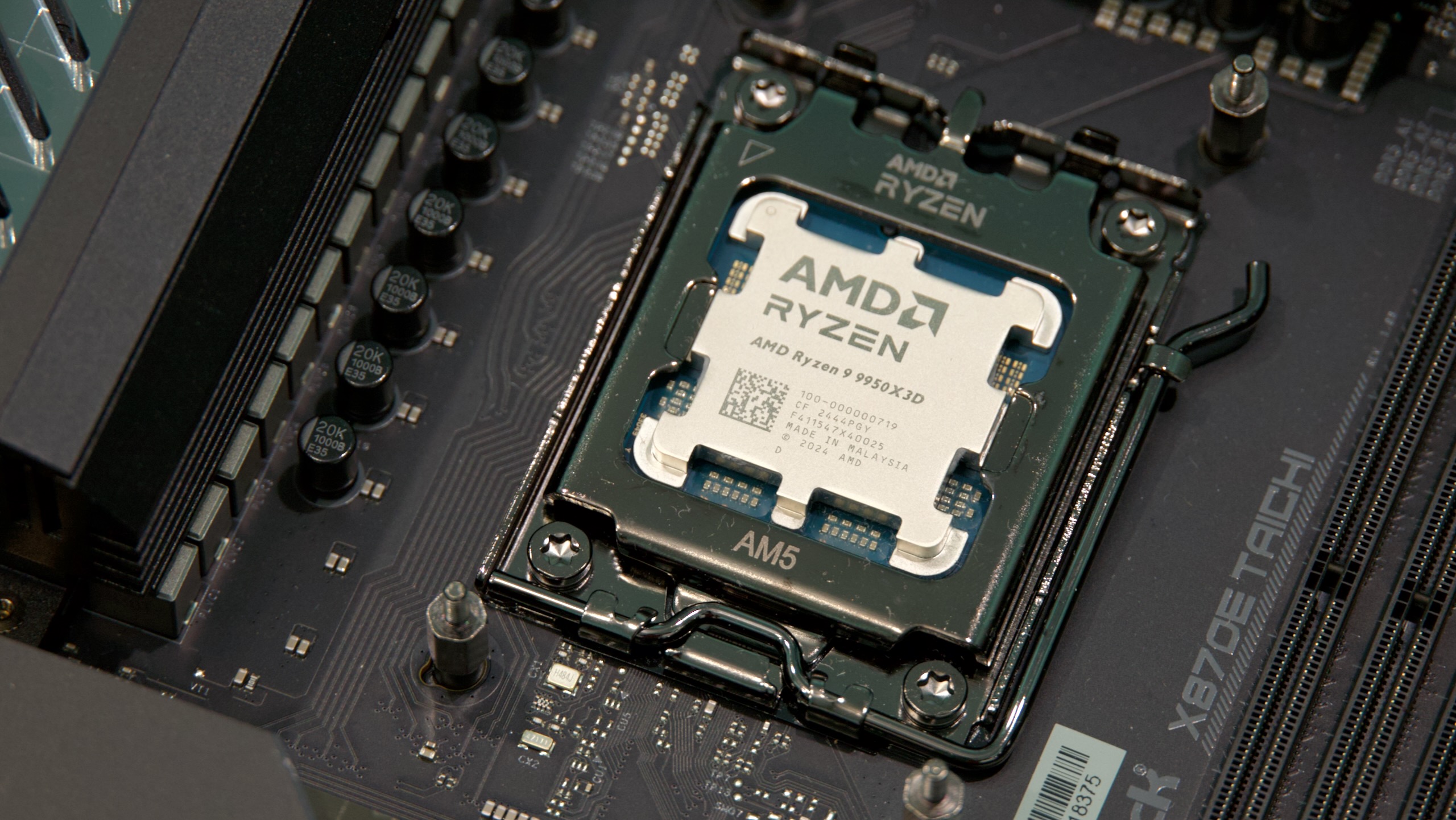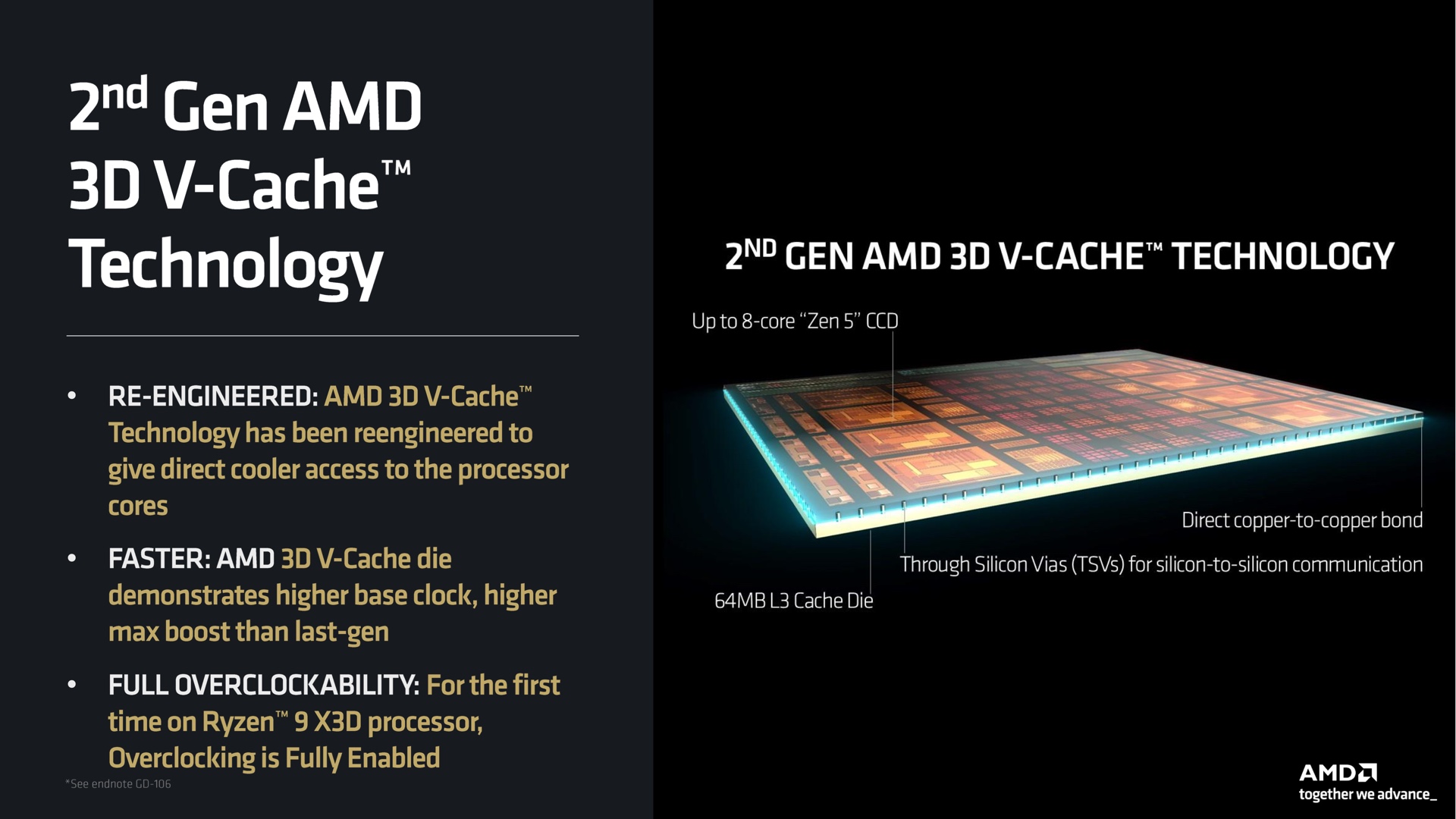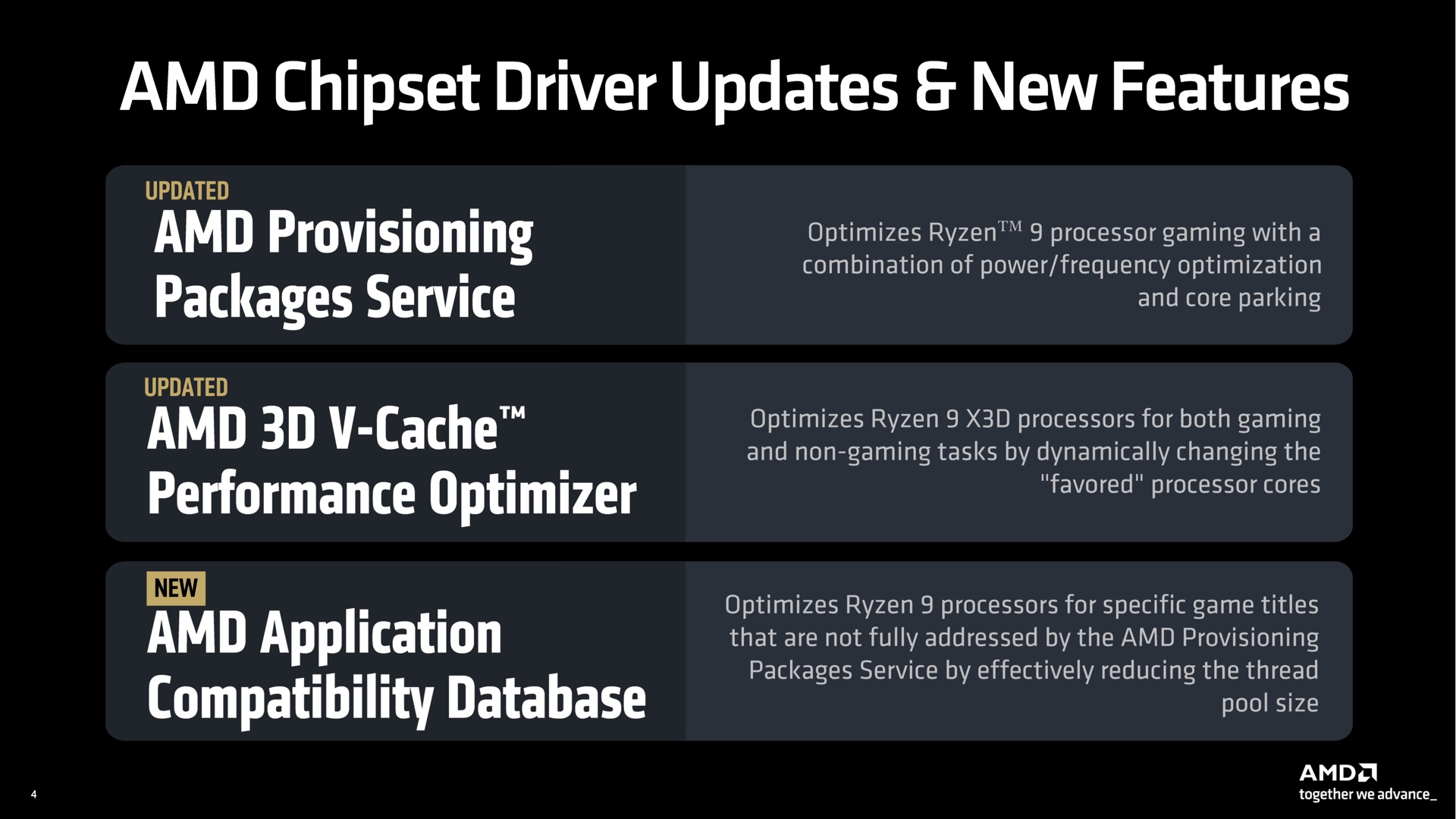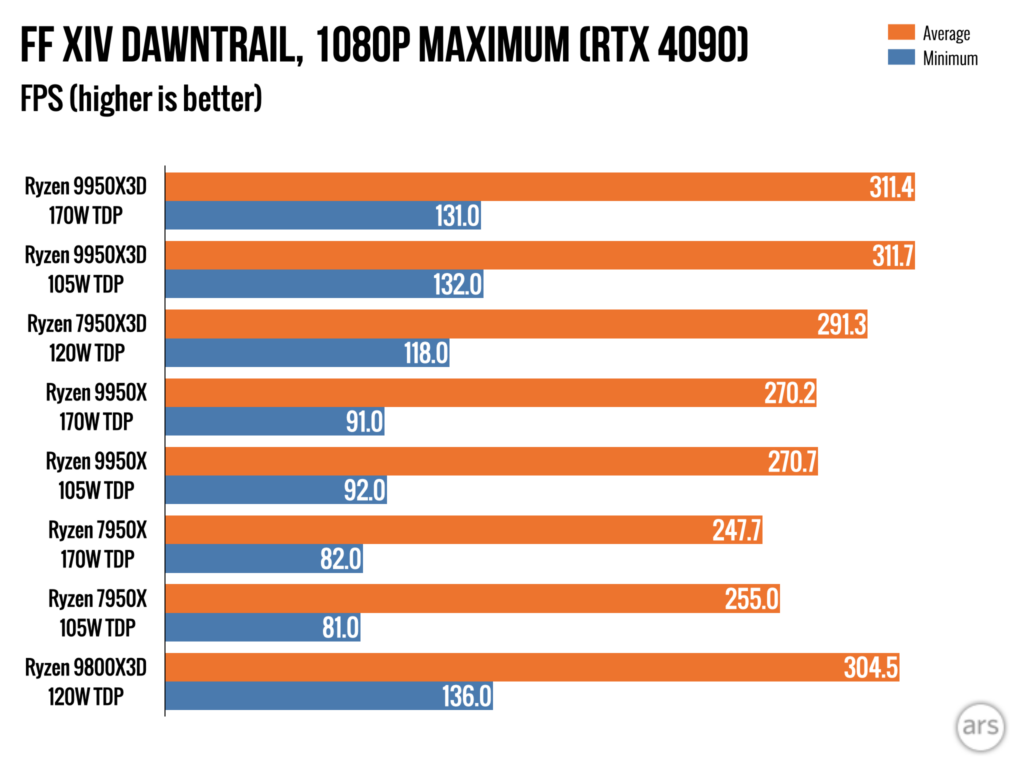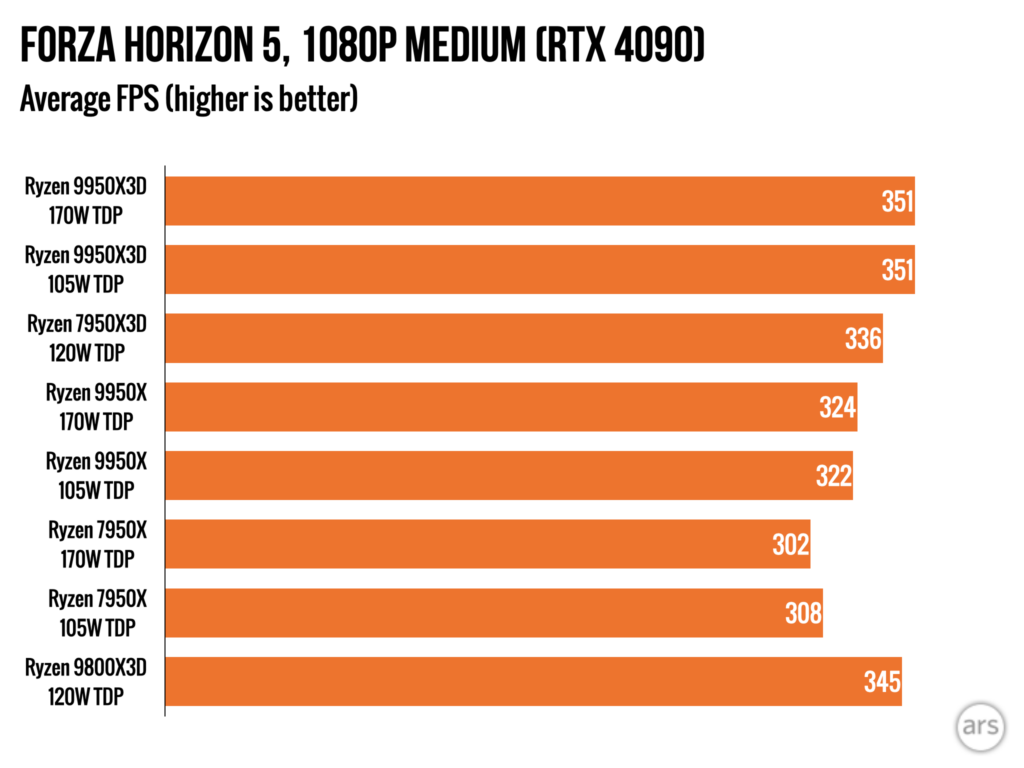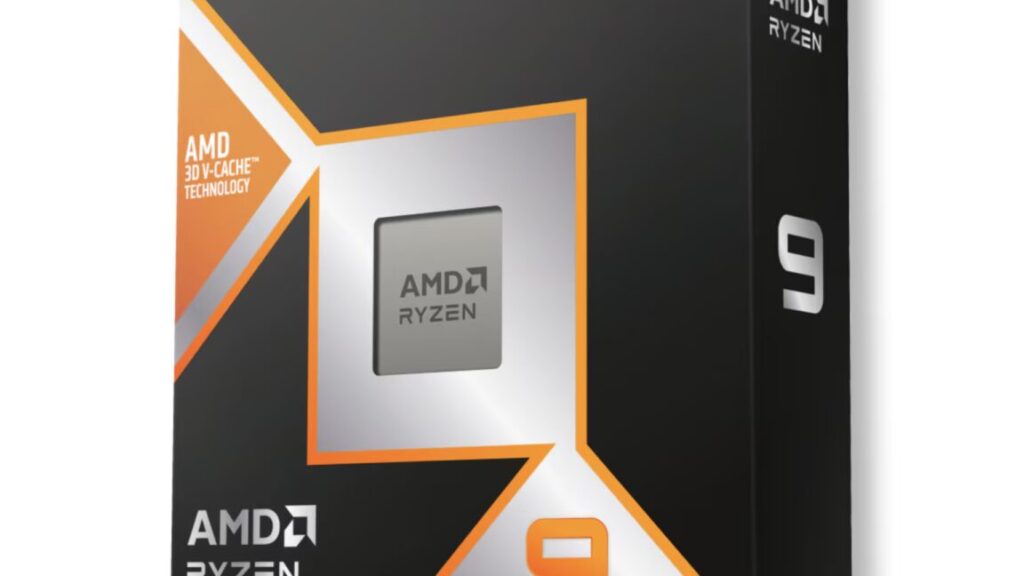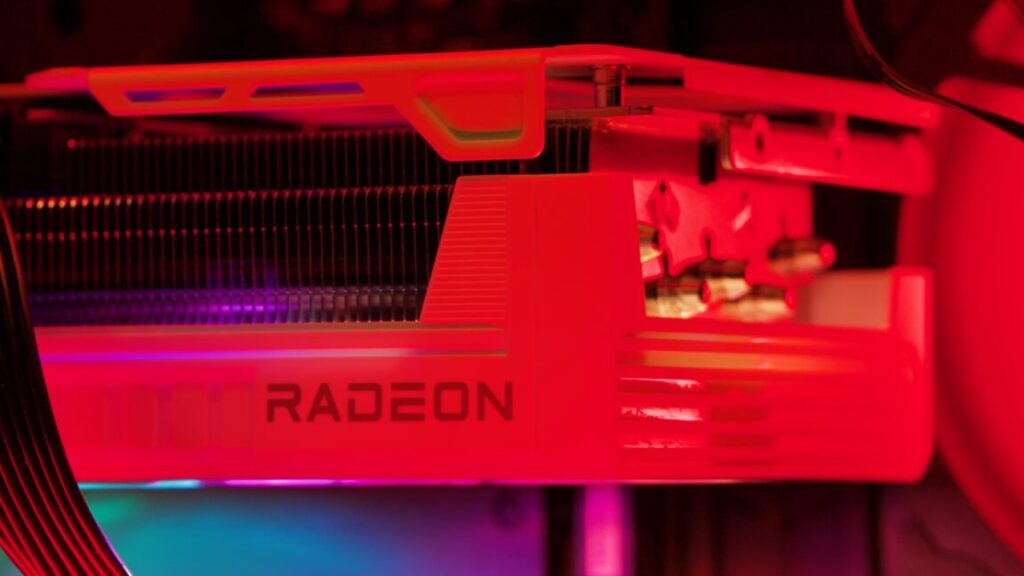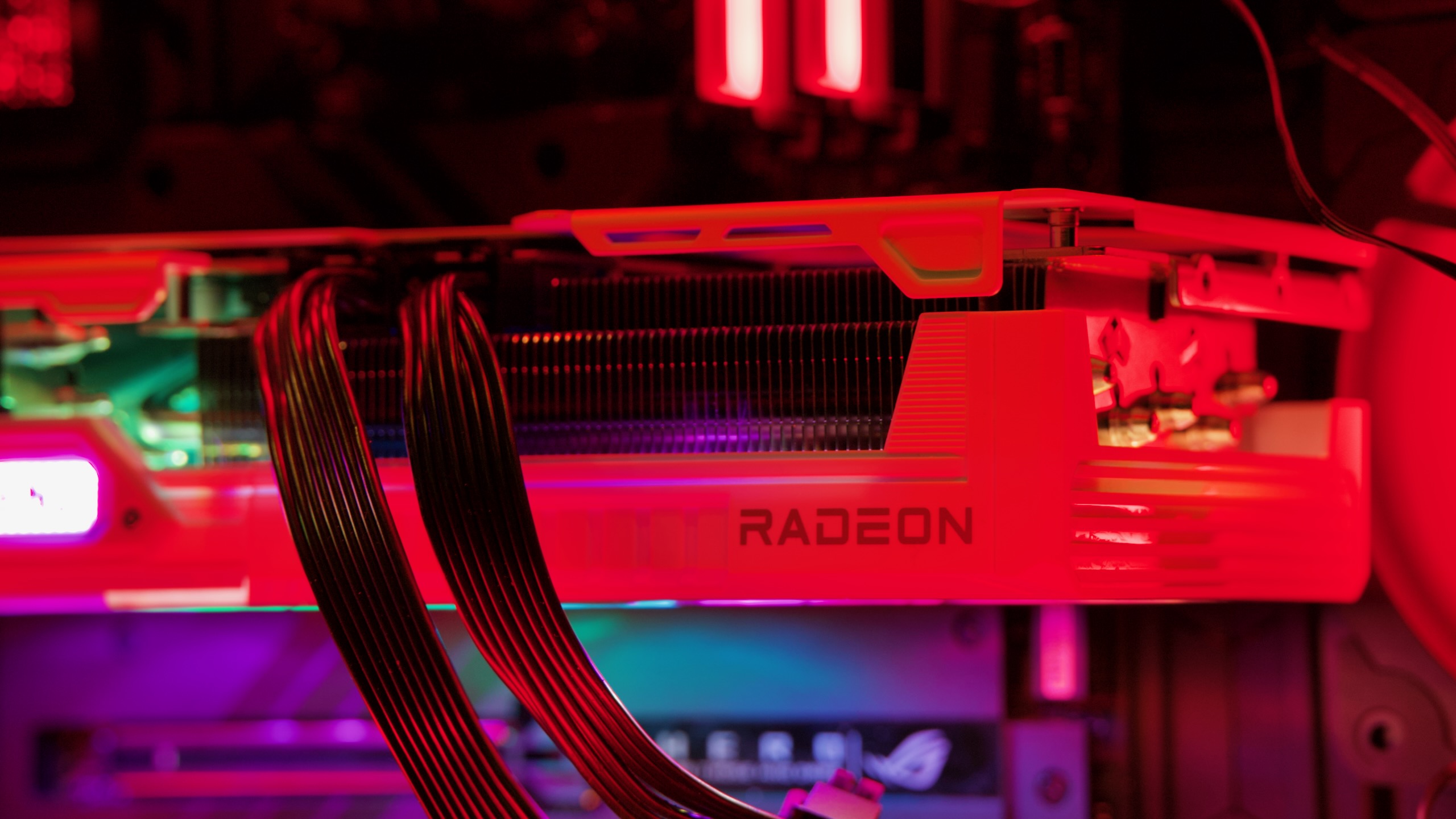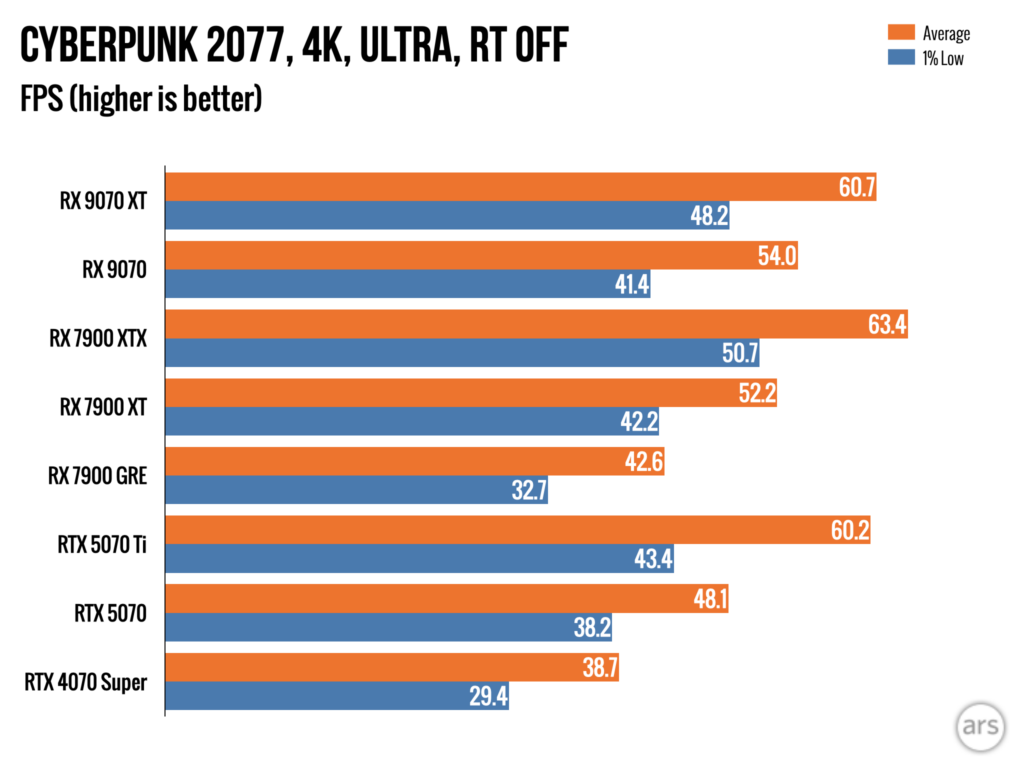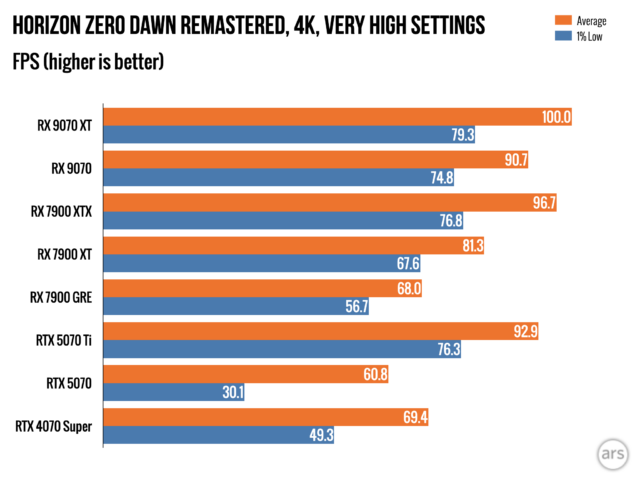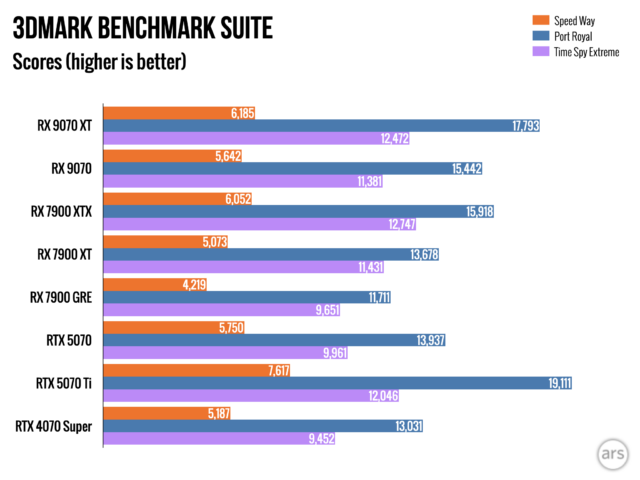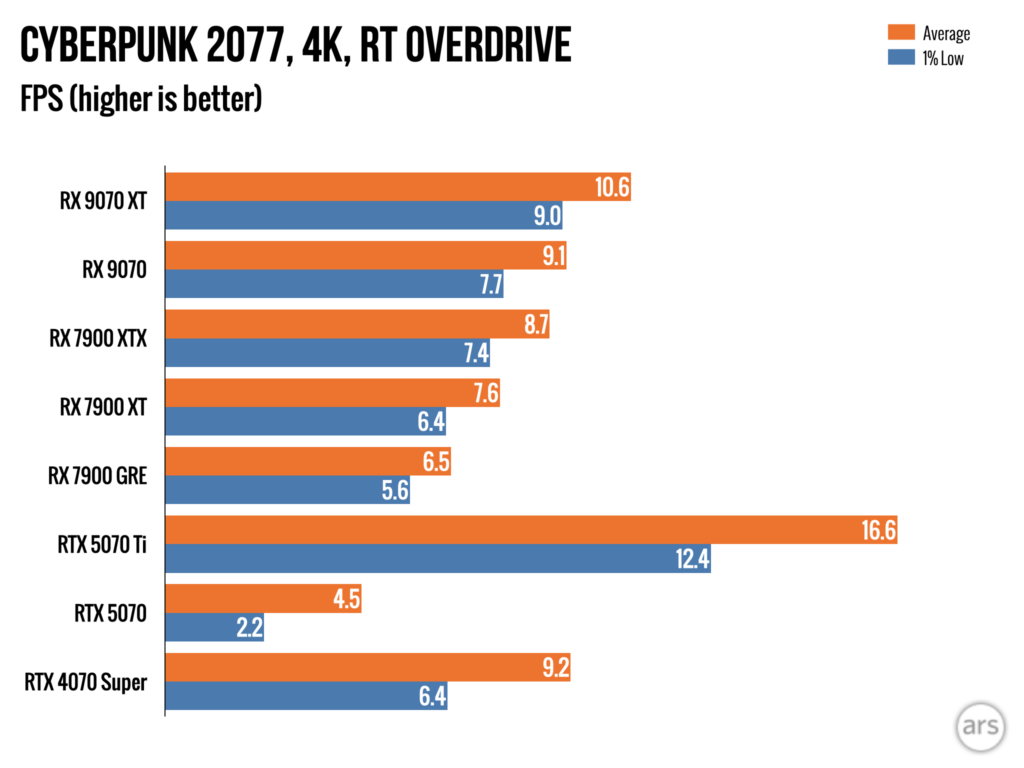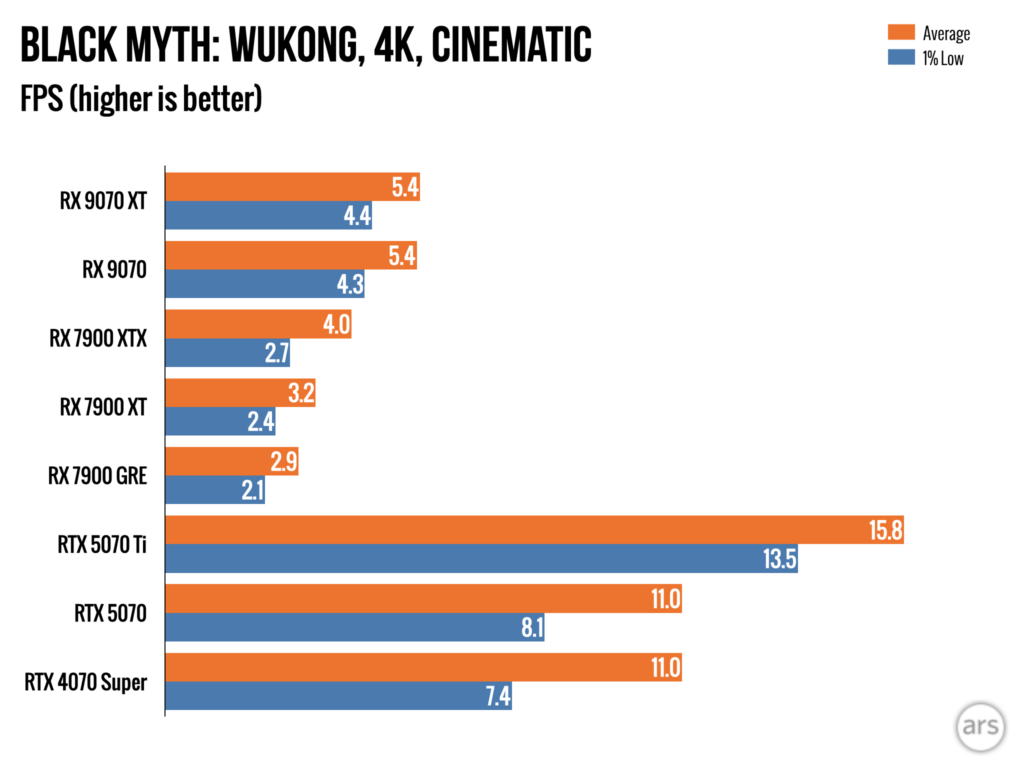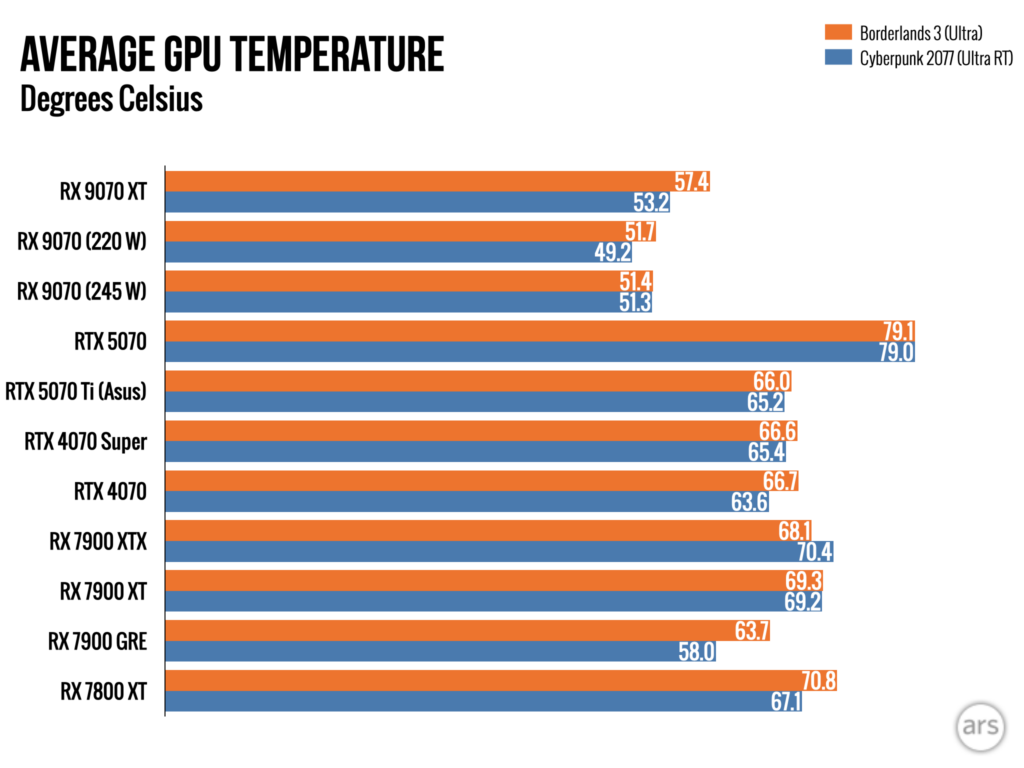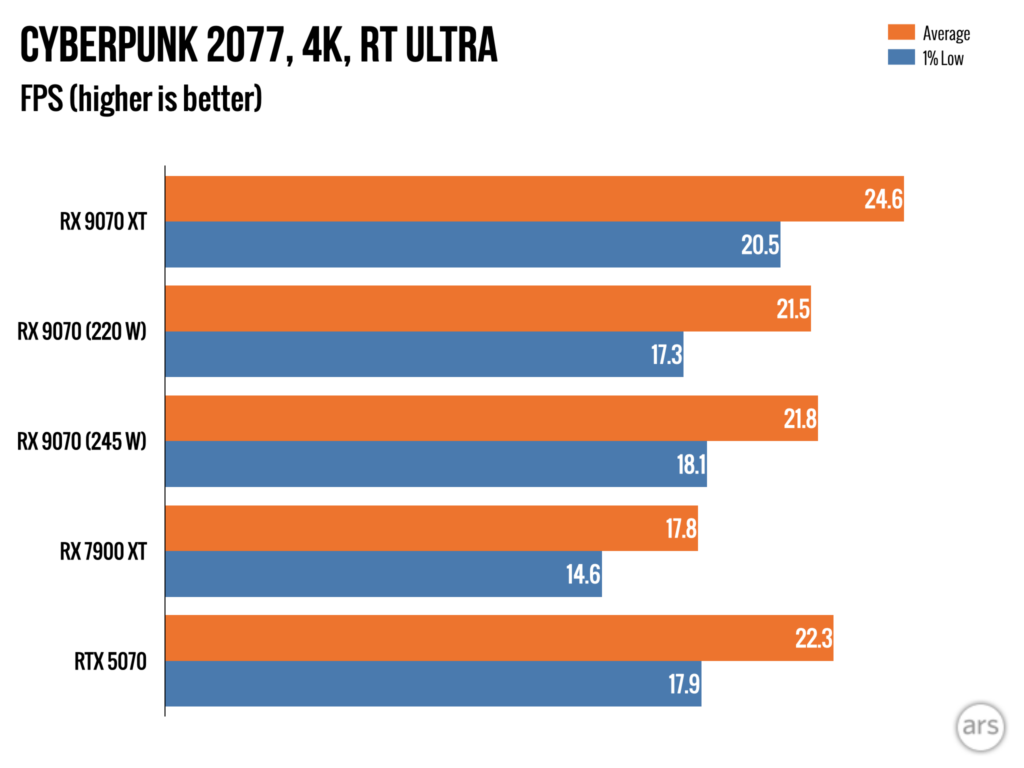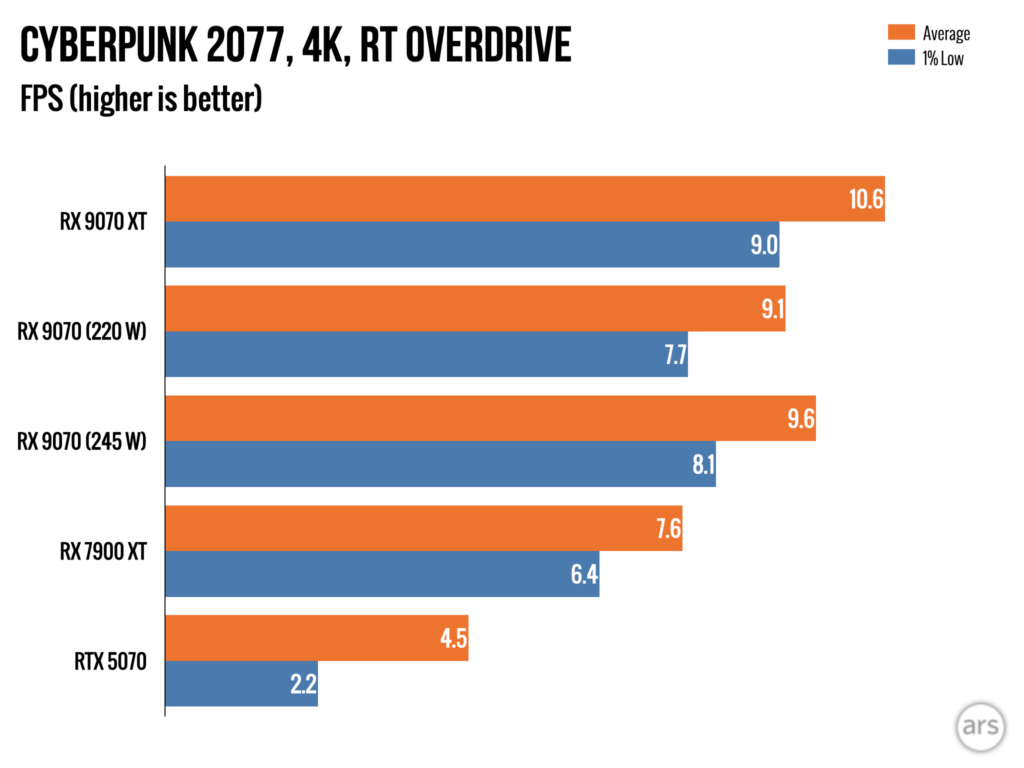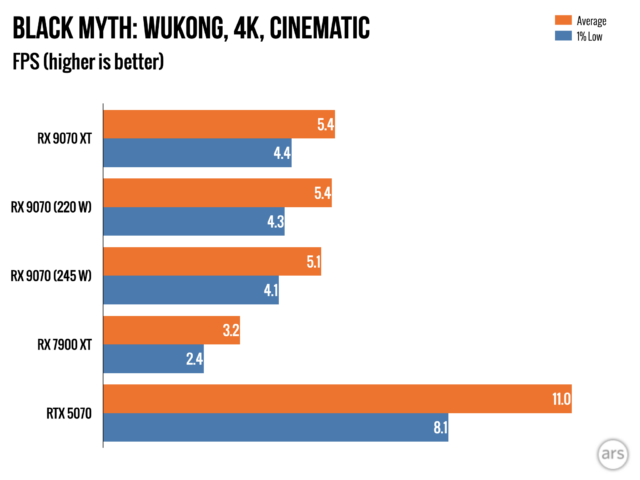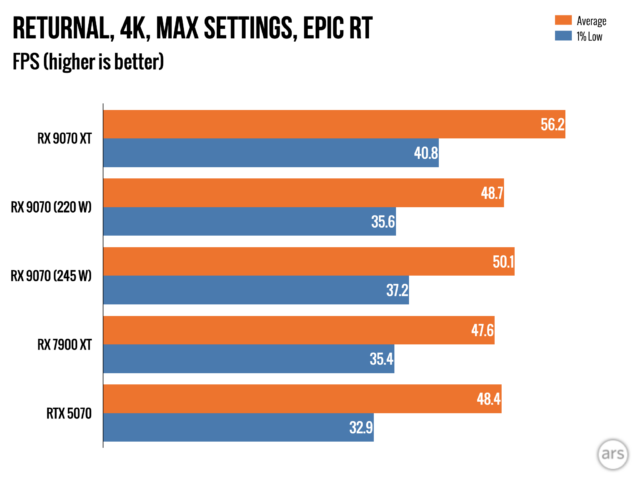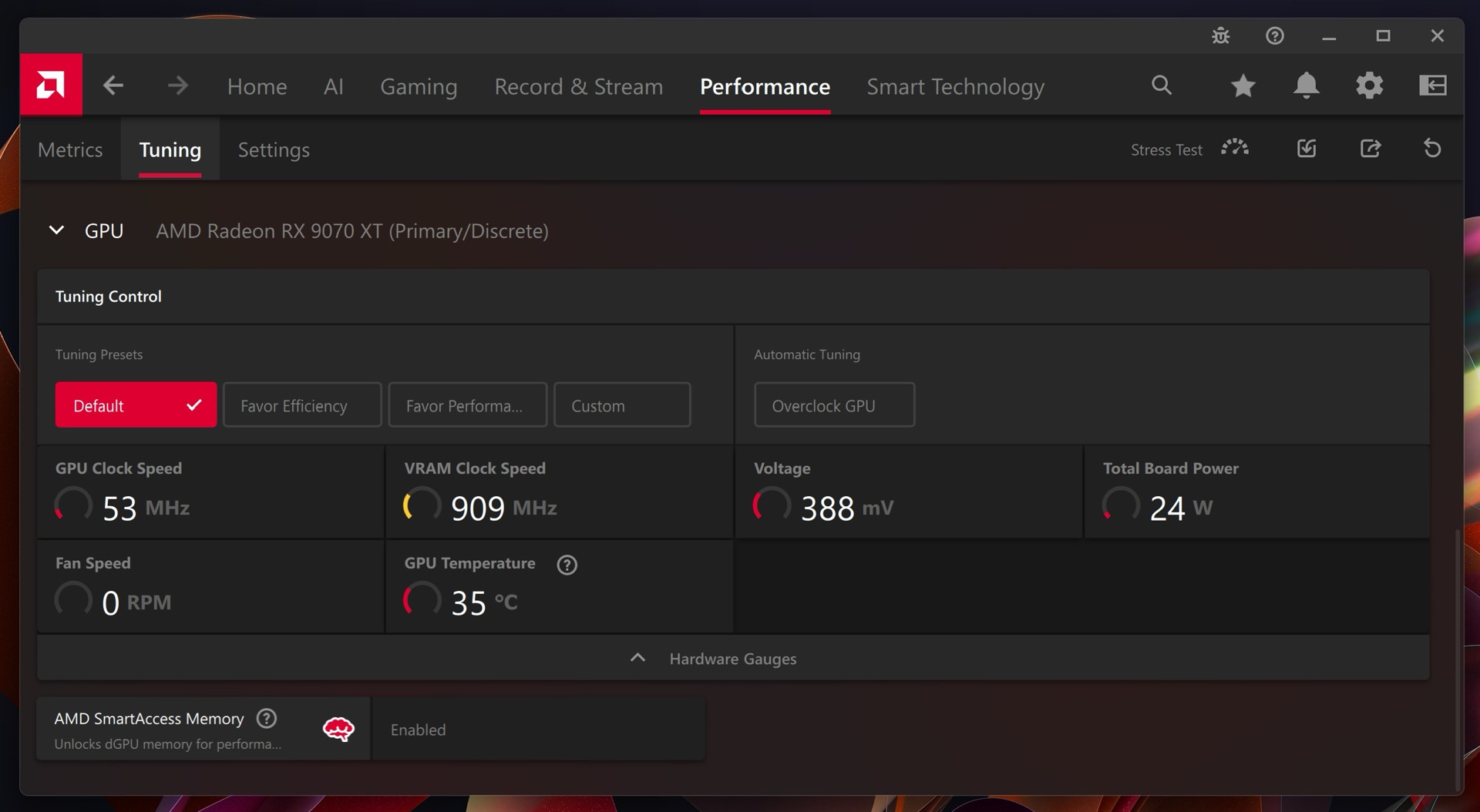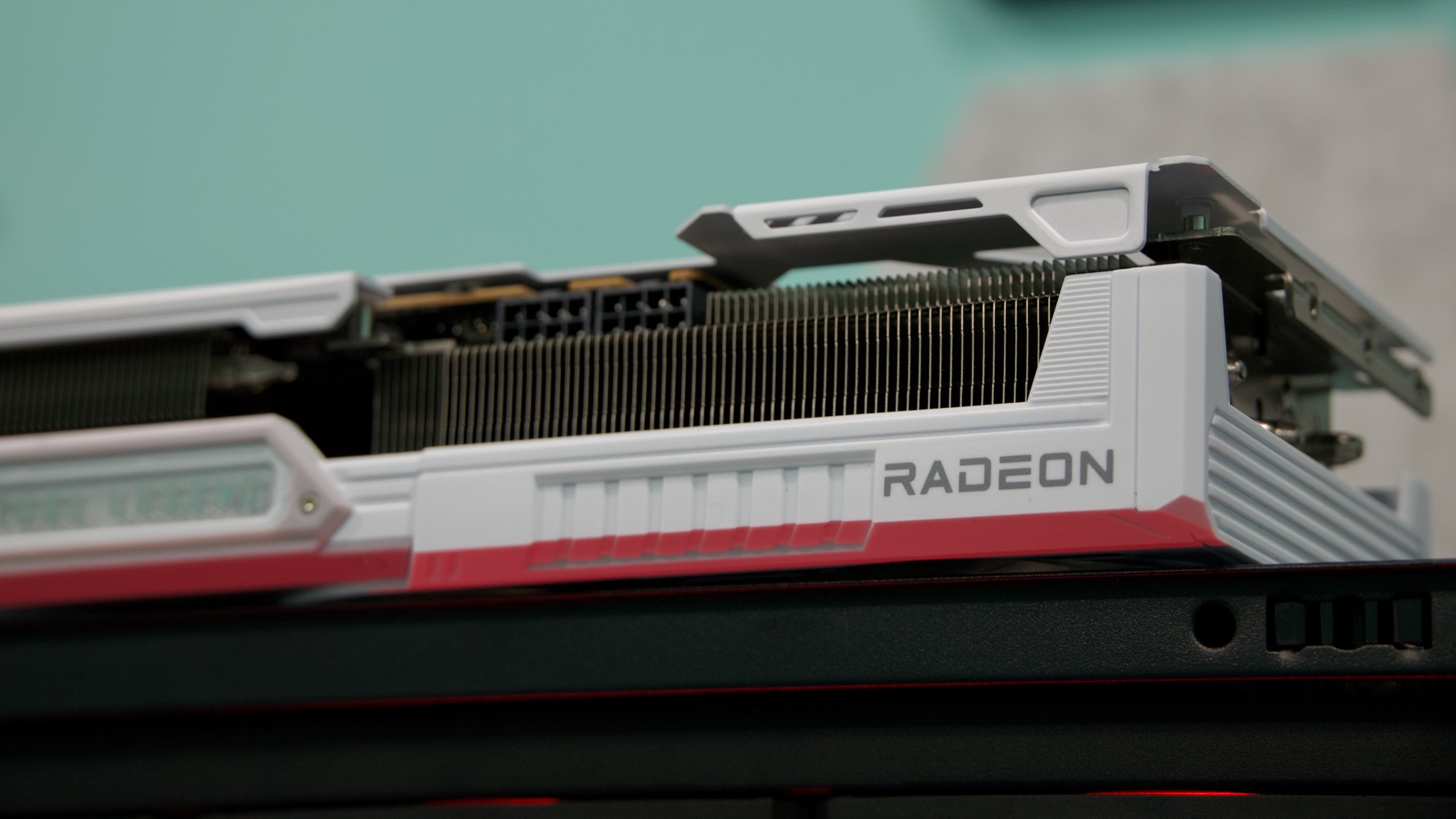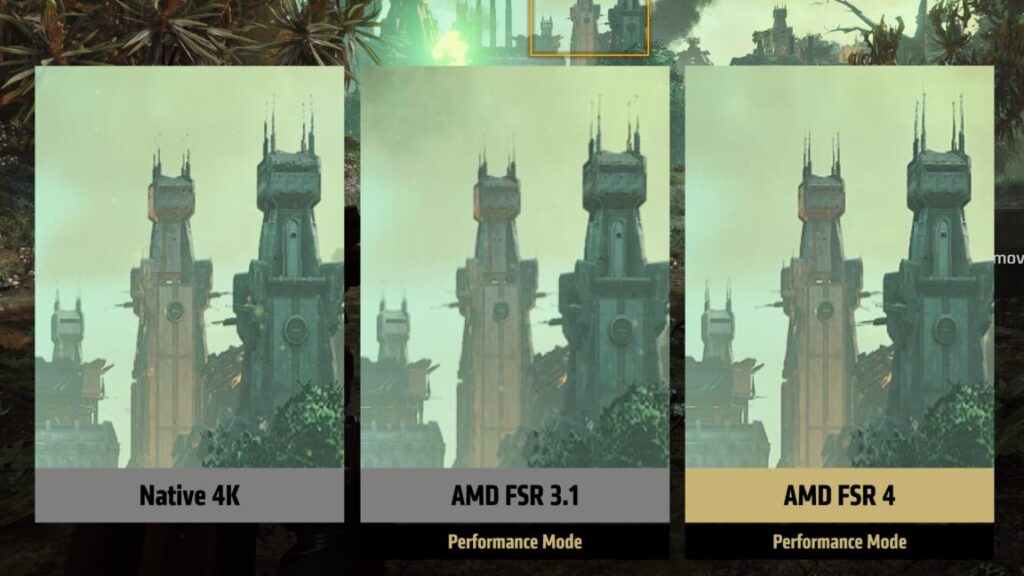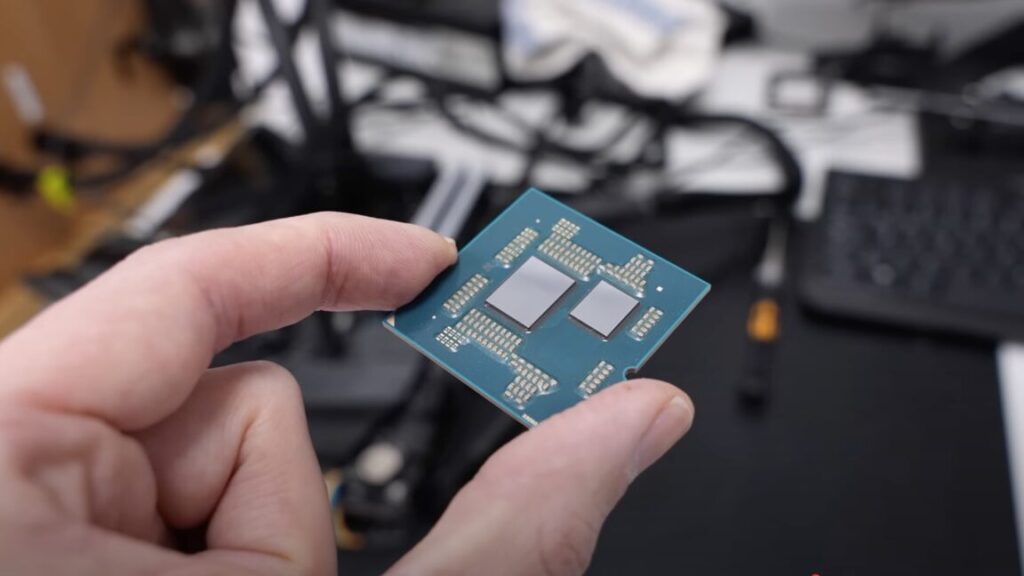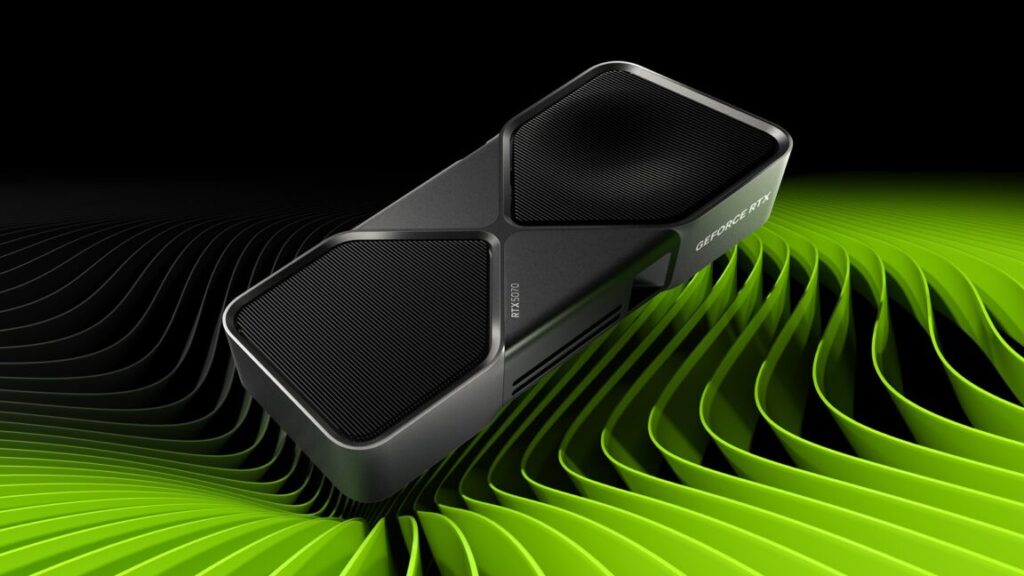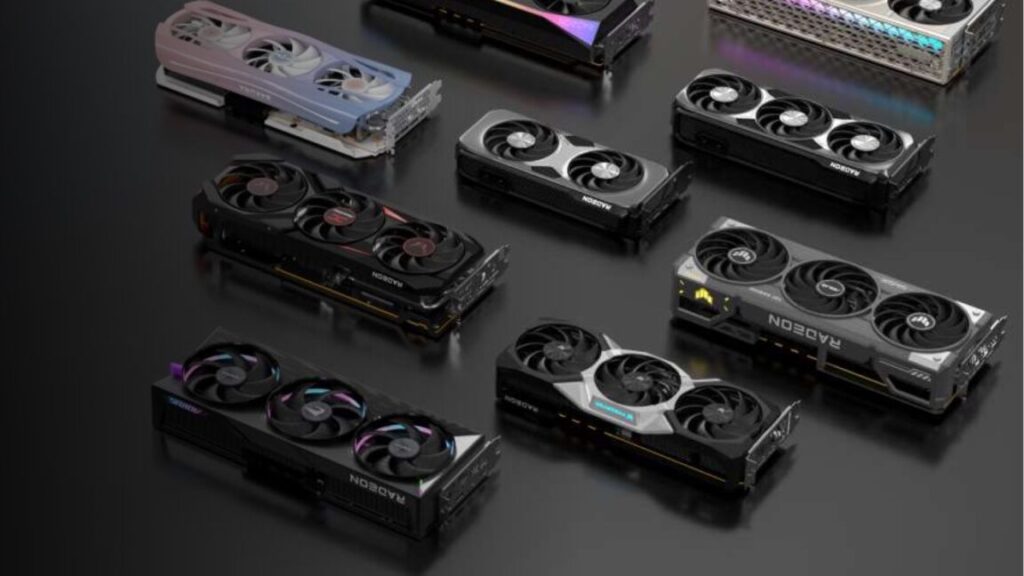Nvidia GeForce xx60 series is PC gaming’s default GPU, and a new one is out May 19
Nvidia will release the GeForce RTX 5060 on May 19 starting at $299, the company announced via press release today. The new card, a successor to popular past GPUs like the GTX 1060 and RTX 3060, will bring Nvidia’s DLSS 4 and Multi Frame-Generation technology to budget-to-mainstream gaming builds—at least, it would if every single GPU launched by any company at any price wasn’t instantly selling out these days.
Nvidia announced a May release for the 5060 last month when it released the RTX 5060 Ti for $379 (8GB) and $429 (16GB). Prices for that card so far haven’t been as inflated as they have been for the RTX 5070 on up, but the cheapest ones you can currently get are still between $50 and $100 over that MSRP. Unless Nvidia and its partners have made dramatically more RTX 5060 cards than they’ve made of any other model so far, expect this card to carry a similar pricing premium for a while.
| RTX 5060 Ti | RTX 4060 Ti | RTX 5060 | RTX 4060 | RTX 5050 (leaked) | RTX 3050 | |
|---|---|---|---|---|---|---|
| CUDA Cores | 4,608 | 4,352 | 3,840 | 3,072 | 2,560 | 2,560 |
| Boost Clock | 2,572 MHz | 2,535 MHz | 2,497 MHz | 2,460 MHz | Unknown | 1,777 MHz |
| Memory Bus Width | 128-bit | 128-bit | 128-bit | 128-bit | 128-bit | 128-bit |
| Memory bandwidth | 448GB/s | 288GB/s | 448GB/s | 272GB/s | Unknown | 224GB/s |
| Memory size | 8GB or 16GB GDDR7 | 8GB or 16GB GDDR6 | 8GB GDDR7 | 8GB GDDR6 | 8GB GDDR6 | 8GB GDDR6 |
| TGP | 180 W | 160 W | 145 W | 115 W | 130 W | 130 W |
Compared to the RTX 4060, the RTX 5060 adds a few hundred extra CUDA cores and gets a big memory bandwidth increase thanks to the move from GDDR6 to GDDR7. But its utility at higher resolutions will continue to be limited by its 8GB of RAM, which is already becoming a problem for a handful of high-end games at 1440p and 4K.
Regardless of its performance, the RTX 5060 will likely become a popular mainstream graphics card, just like its predecessors. Of the Steam Hardware Survey’s top 10 GPUs, three are RTX xx60-series desktop GPUs (the 3060, 4060, and 2060); the laptop versions of the 4060 and 3060 are two of the others. If supply of the RTX 5060 is adequate and pricing isn’t out of control, we’d expect it to shoot up these charts pretty quickly over the next few months.
Nvidia GeForce xx60 series is PC gaming’s default GPU, and a new one is out May 19 Read More »
